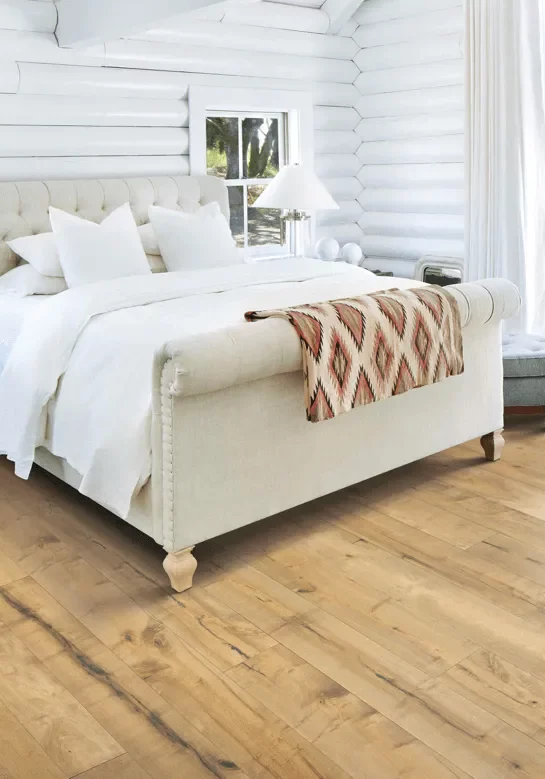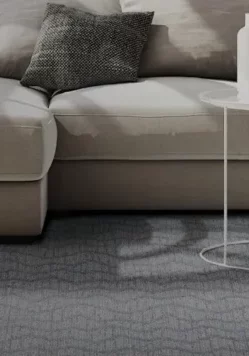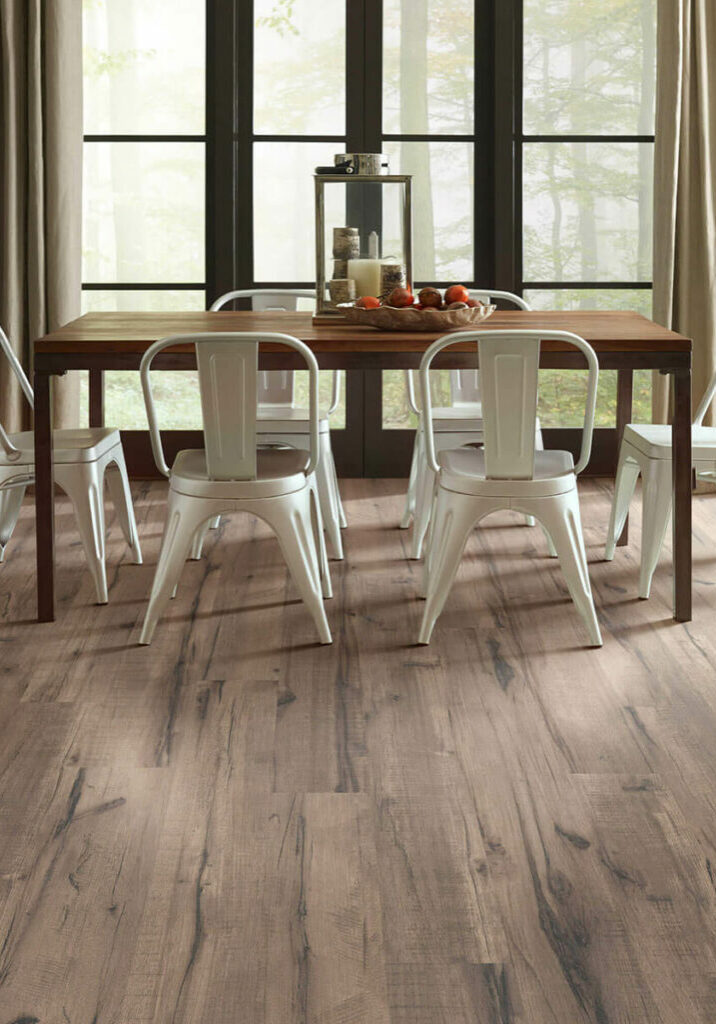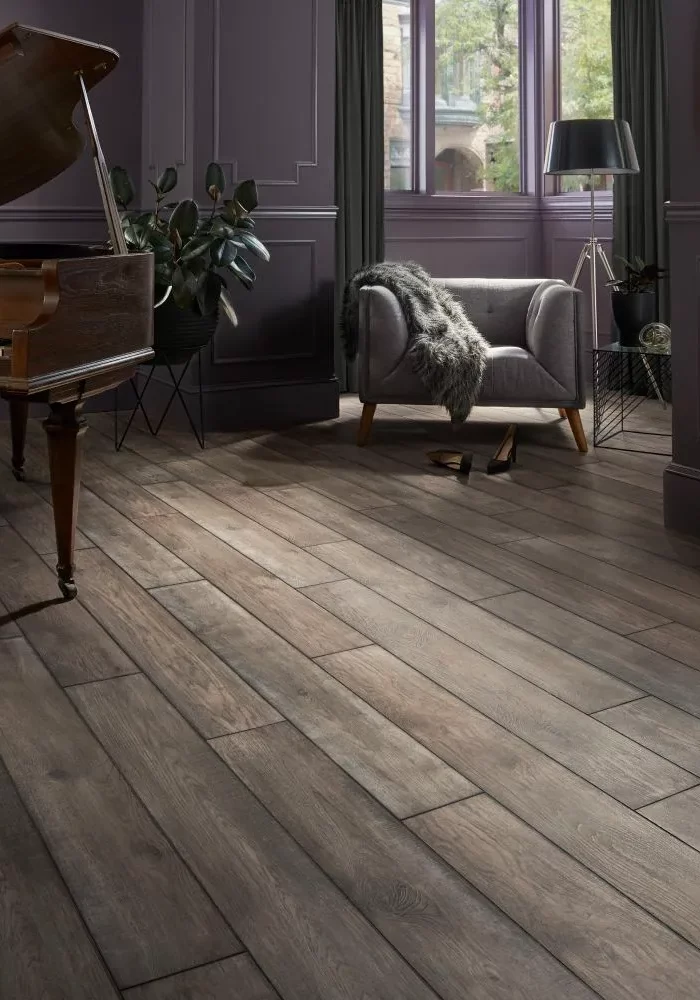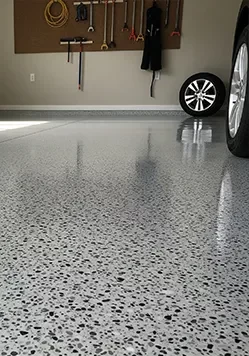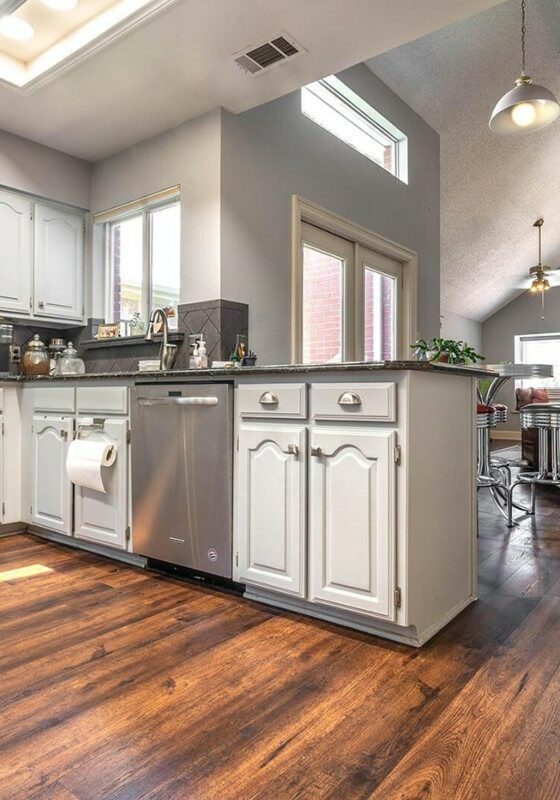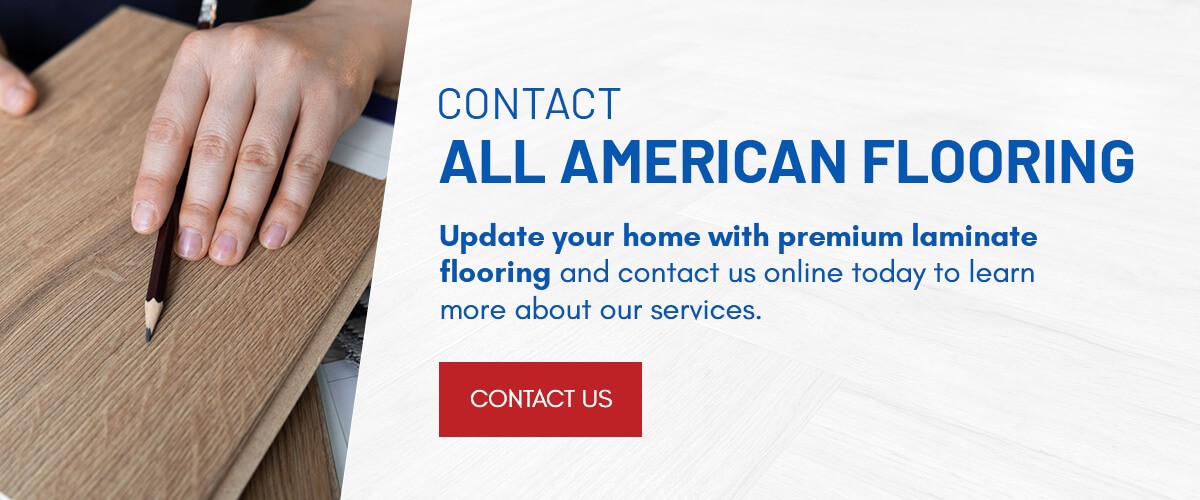Understanding Laminate Flooring Construction
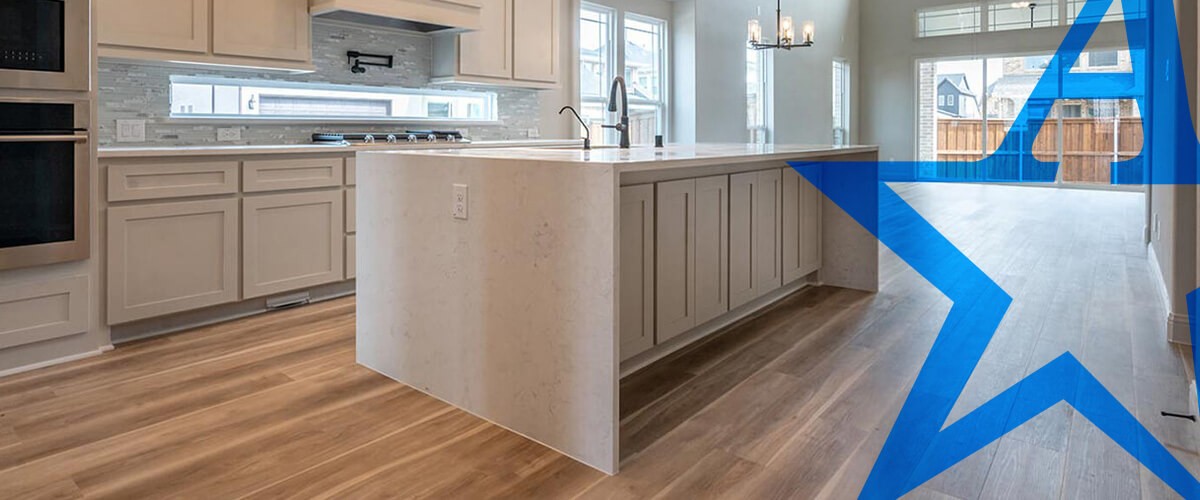
Laminate flooring has become popular for homeowners seeking durable, aesthetically appealing and cost-effective flooring. This versatile material can replicate the look of natural flooring, such as hardwood, stone and tile, providing a wide range of design choices. Resistance to everyday wear also makes laminate flooring ideal for high-traffic areas such as living rooms.
If you’re considering installing laminate floors, our guide explores the durable construction of laminate flooring, its benefits for your home and key factors to consider when choosing laminate options. Discover how this flooring material can enhance your space with style and resilience.
The Qualities of Laminate Flooring and Its Structure
Laminate flooring is a sturdy and affordable alternative to hardwood or stone floors, offering the appearance of natural materials without breaking the bank. It’s commonly installed in hallways, living rooms, bedrooms and dining areas — spaces that benefit from its durability and ease of maintenance.
Though it can resemble wood, laminate flooring is typically made from high-density fiberboard instead of natural wood. Its layered construction makes it a tough, reliable flooring choice that can withstand daily wear. Structurally, there are four layers of laminate flooring, each serving a specific function.
The Role of Layers in Flooring Construction
Let’s take a closer look at the key functions of each laminate flooring layer:
- Wear layer: This transparent top layer acts as a hard shield that protects against scratches, dents, scuffs and fading from sunlight. The wear layer is essential for long-term durability, especially in busy areas with high foot traffic, such as homes with kids and pets. It also helps guard against moisture and spills.
- Design layer: Also called the image layer, the design layer features a high-quality photographic image that imitates real hardwood, stone or tile. It’s the layer that gives laminate flooring its aesthetic look. In laminate flooring construction, this layer is purely decorative, so it relies on the wear layer for protection against damage to its visual finish.
- Core layer: The core’s composition depends on the manufacturer and product line, though many core layers are made of high-density fiberboard. This is the thickest part of the laminate, reinforcing structural integrity by resisting impact and dents. The core layer also helps with moisture resistance and sound absorption, making it significant for the floor’s durability while reducing noise.
- Backing layer: Located at the bottom, the backing layer is a stabilizing material that balances the board to prevent warping. It’s also moisture-resistant, serving as a shield that prevents water from seeping into the subfloor. The backing layer also supports dimensional stability and enhances overall plank durability, so the laminate doesn’t change shape easily during normal use.
The Advantages of Laminate Flooring Compared to Hardwood Flooring
If you’re considering laminate flooring for your home, here are the pros of choosing laminate flooring over hardwood floors.
Easy Installation
Laminate flooring is designed for hassle-free installation, making it DIY-friendly for homeowners. It features a click-lock system that allows the planks to snap together without requiring nails, adhesives or specialized tools.
Unlike hardwood, which often requires professional installation, laminate flooring can be laid directly over most existing floors, saving time and labor costs.
Heat Resistance
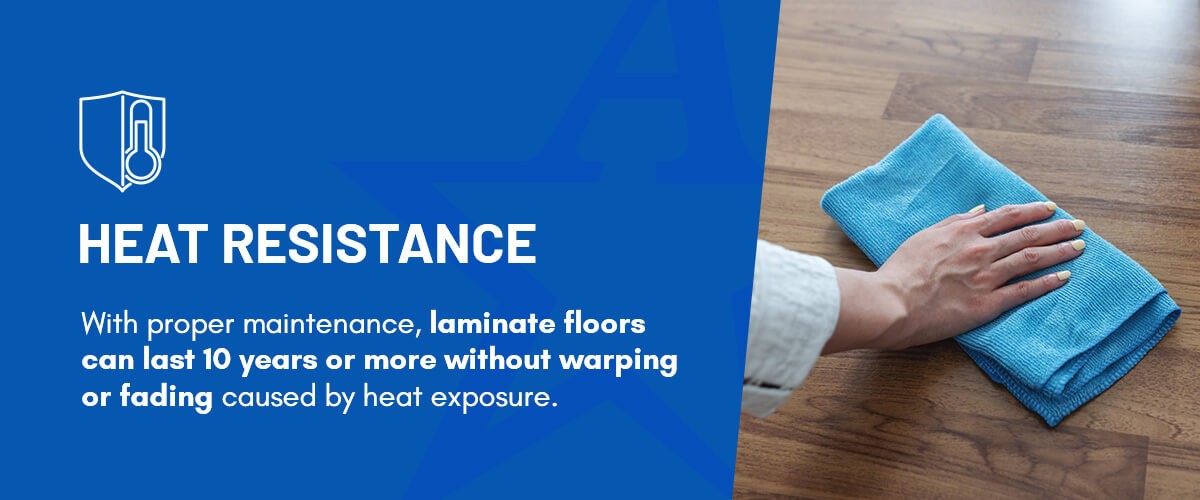
Laminate handles heat better than traditional hardwood flooring. Its four layers help it withstand high temperatures. In contrast, hardwood floors exposed to high temperatures are more prone to shrinking and loosening joints.
With proper maintenance, laminate floors can last 10 years or more without warping or fading caused by heat exposure.
Easy Cleanup and Water-Resistance
The hard-sealed surface of laminate makes it highly resistant to stains and easier to maintain than hardwood. It does not require waxing or wet mopping. Regular sweeping or a dry mop removes dirt effectively.
For deep cleaning of laminate floors, a hard-surface mop with a light cleaning solution works effectively. Since it’s water-resistant, laminate can better handle minor spills if they are cleaned up quickly.
More Pet-Friendly Than Hardwood Floors
For pet owners, laminate flooring presents a practical alternative to hardwood. Its durable wear layer is designed to withstand scratches from pets’ claws, offering a reliable surface for homes with dogs or cats. The four laminate flooring layers contribute to its strength and scratch resistance, making it well-suited for active households.
However, while laminate is durable, it cannot be refinished like hardwood. It typically requires spot repair with a touch-up kit or plank replacement if it sustains scratches or significant damage.
Affordable Alternative Compared to Hardwood Floors
Unlike hardwood, laminate flooring is a cost-effective option that can imitate the look of wood at a much lower price. It delivers excellent value, especially for homeowners seeking style and practicality on a budget.
While premium laminate options exist, many are significantly less expensive than solid or engineered hardwood.
3 Factors to Consider When Choosing Laminate Flooring
To obtain high-quality laminate floors, evaluate these key factors.
1. Thickness and Durability
Laminate flooring comes with varying durability levels measured by the abrasion criteria (AC) rating, ranging from AC1 to AC5. The higher the AC rating, the more resistant the flooring is to wear.
For low-traffic rooms like bedrooms, AC2 or AC3 is usually enough. In high-traffic areas such as hallways or living rooms, aim for AC4 for better durability. AC5 is intended for commercial settings with constant foot traffic. Matching the AC rating to the room’s usage is key to maximizing your floor’s lifespan.
2. Flooring Design Options
Your floor should complement your space, so get samples of the laminate to see if it fits your vision. Consider the room’s size, lighting, furniture and overall style. Lighter tones can make a space feel larger and more open, while darker woods can bring a cozy, grounded feel.
Always test samples in the actual room to see how lighting and color interact before committing to a flooring design.
3. Underlayment Options
Proper underlayment is essential for durability and noise reduction in laminate flooring construction. It cushions each step, reduces sound and provides an additional moisture barrier, which is important over concrete subfloors. Some laminates come with built-in pads, which simplify installation but may lack moisture protection.
Always follow the manufacturer’s recommendations to ensure the long-term performance of your laminate floors.
Contact All American Flooring for Premium Laminate Flooring Installation
Ready to install durable laminate flooring in your Dallas-Fort Worth home? Contact All American Flooring for superior flooring services, including top-quality laminate flooring that will transform your space. Our experienced team offers expert advice to help you select the ideal flooring for your needs. We have extensive knowledge of flooring materials, designs and installation techniques, and a wide range of flooring options to suit your style preference.
All American Flooring has been serving the DFW area for over 35 years, and we deliver dedicated customer service, top-notch flooring solutions and unmatched prices. Our direct partnerships with top manufacturers ensure you receive the best possible value for your floor installation.
Update your home with premium laminate flooring and contact us online today to learn more about our services. You can also schedule a free in-home estimate.


